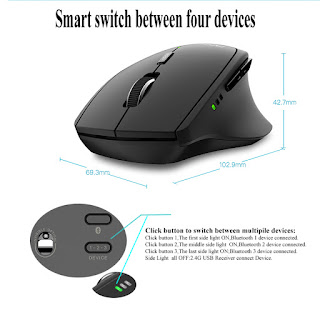Requirement: An Ubuntu Linux Live CD / USB. In this case you can make do with anything that has GRUB-INSTALL package with the Live CD. But if you have access to the internet using that Live session then you can just Google things down and don't even need this post, right?
Method:
1. Launch the Live Session.
2. Bring up terminal and type: sudo su
this gives you the privilege of a root in the live session
3. Now type: fdisk -l
Lists up all the partitions present in your system. Look for the partition that has "Linux" in the rightmost column. Note it's /dev/sdx name from the left most column.
4. Type : mount /dev/sdx /mnt
Here /dev/sdx is the partition name that you noted. This command mounts that partition in mnt
5. Now type: grub-install --root-directory=/mnt/ /dev/sdx
Here /dev/sdx is the same thing as the previous command. Look at the output, the last line should say that the Installation went successful. VIOLA!!!
Reboot your system from your hard drive (normally) and hopefully the OSs should be there listed beautifully by GRUB. Smile!!!! Don't have to miss your favorite Linux distro.
Method:
1. Launch the Live Session.
2. Bring up terminal and type: sudo su
this gives you the privilege of a root in the live session
3. Now type: fdisk -l
Lists up all the partitions present in your system. Look for the partition that has "Linux" in the rightmost column. Note it's /dev/sdx name from the left most column.
4. Type : mount /dev/sdx /mnt
Here /dev/sdx is the partition name that you noted. This command mounts that partition in mnt
5. Now type: grub-install --root-directory=/mnt/ /dev/sdx
Here /dev/sdx is the same thing as the previous command. Look at the output, the last line should say that the Installation went successful. VIOLA!!!
Reboot your system from your hard drive (normally) and hopefully the OSs should be there listed beautifully by GRUB. Smile!!!! Don't have to miss your favorite Linux distro.



